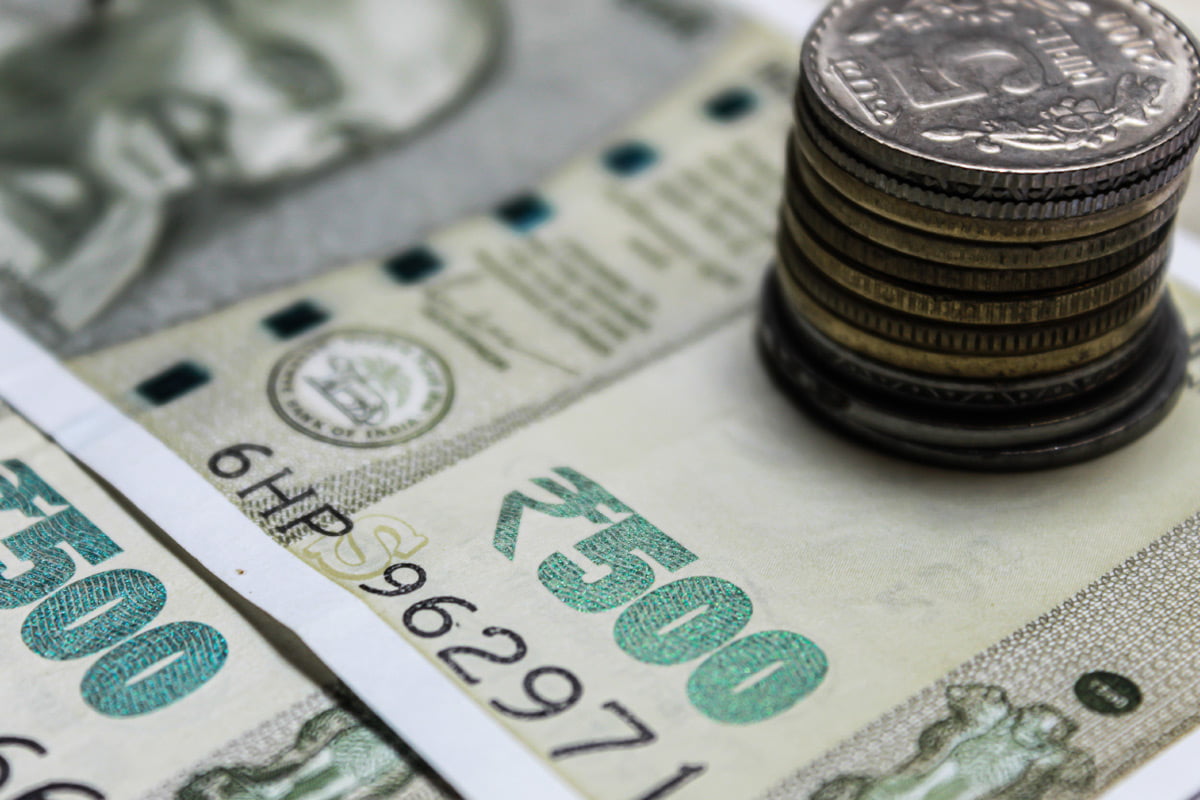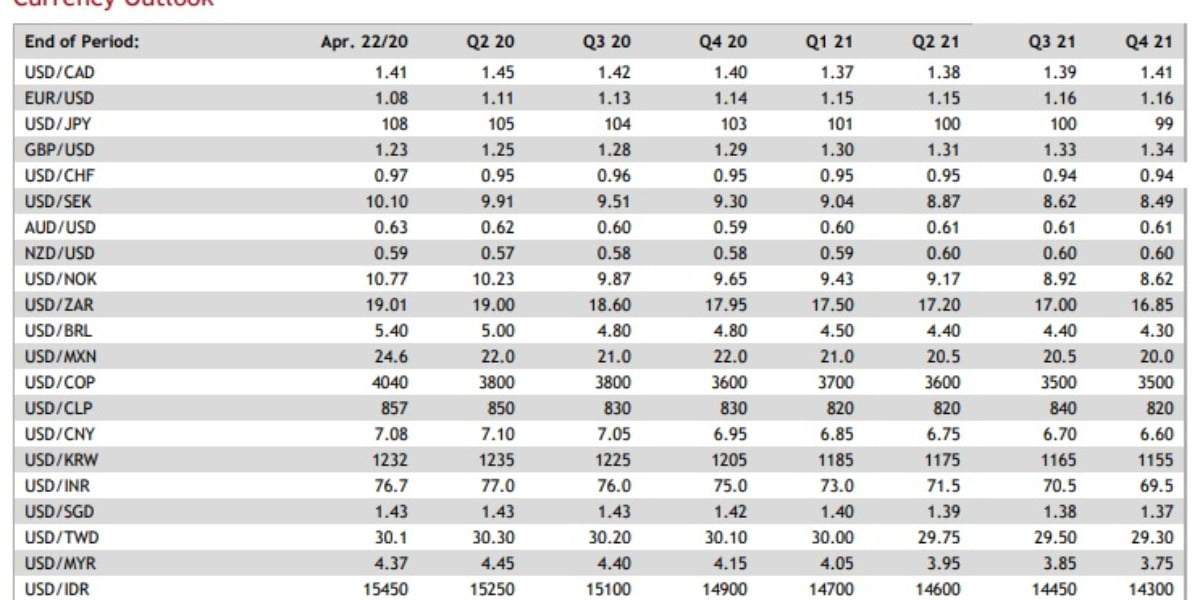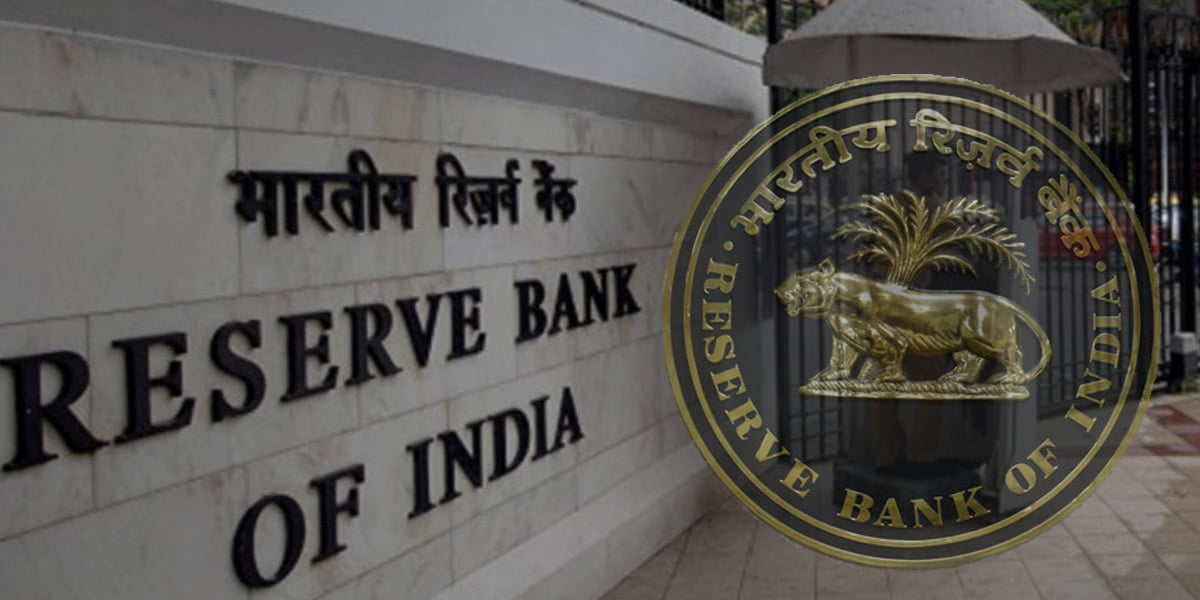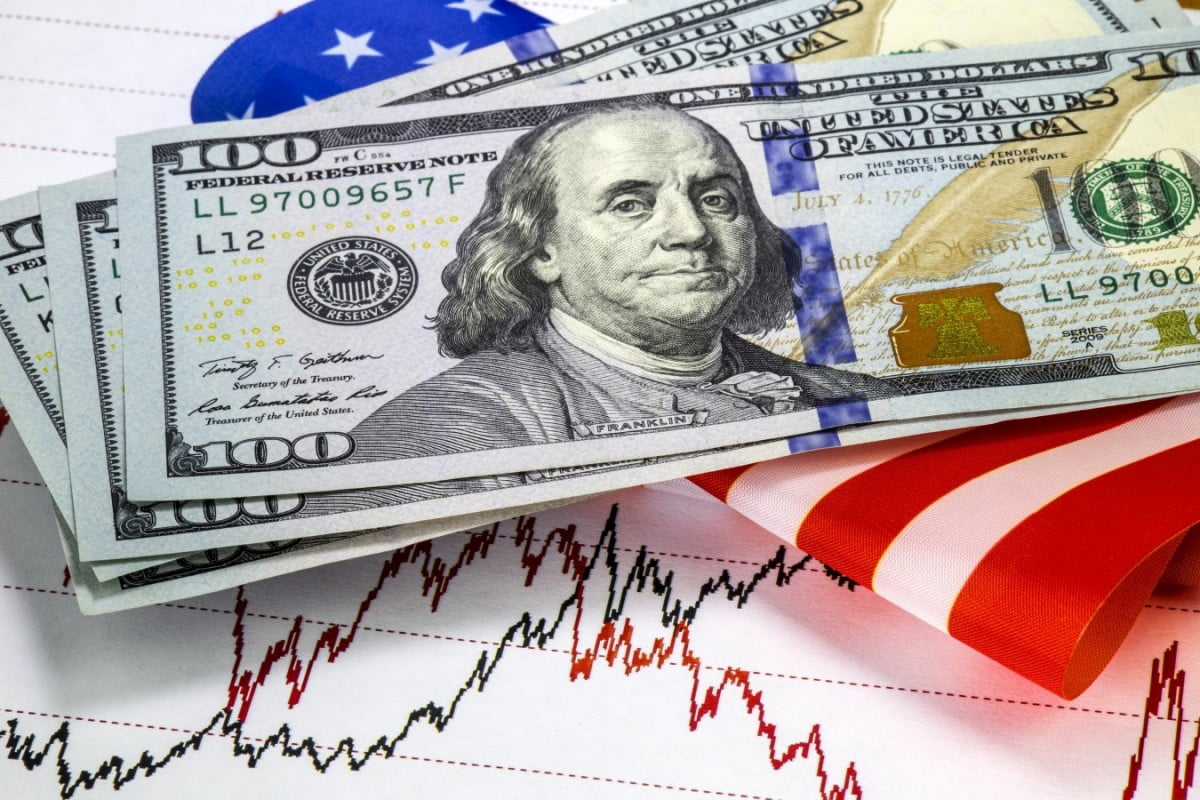Falling Rupee value- How Serious is the Crisis in 2022?

In comparison to the value of the US dollar, the valuation of the rupee has currently hit the slump as the value has decreased to about 7% so far.
In the recent market, the rupee has hit an all-time low as it has reached the rock bottom of 79.96 to the US dollar. The fall of the currency has even surpassed the 80 levels last week. The slump could indicate a further deterioration in the Indian economy.

Some Indian economists have asserted that the declining Indian rupee does not indicate that India is in a dire situation of financial disruption.
They have even opined the reason for the weakening in the valuation of the rupee. The economists have affirmed that the main reason for the weakening of the rupee is the strengthening of the dollar. But, this does not interpret that the Indian economy will not suffer any losses from the dire situation.
The slump has even been observed in other currencies. The decline can be attributed to the strength of US dollars in addition to the foreign portfolio investments and equity outflows.
The increase in the dollar value could be estimated to be 20 percent. The value of the dollar has recorded an increase compared to the last twenty years.

The strength of the dollar is determined by comparing its value with the major trading currencies like the Yen and euros.
The FPI investors have exerted persistent pressure in recent months. The crucial step is mainly due to the global inflation spikes. The situation has, in turn, resulted in the increase of policy rates by the major central banks and increasing geopolitical tensions among the various parts of the world. The latter could be accounted to the Ukrainian invasion by Russia.
The year 2022 has recorded a high of 2.25 lakh crore INR in terms of the net outflow by the FPI. In 2008, the data was found to be around 52,987 crore INR.
The inflow of capital returns will be able to curb the pressure on the rupee and, this will in turn bring inflation back to normal.
The Effect of decline of rupee in the Indian economy
The situation will have negative as well as positive impacts on the consumers. That is, the consequences of the falling rupee will not be uniform among India’s consumers.
The net exporters will gain as they will receive more rupees for their dollars. In turn, net importers have to pay an additional amount to purchase dollars for imports.
The crucial impact of the sinking rupee is the fact the importers have to pay an extra amount for the same quantity and price. But, this is a blessing for the exporters as they will receive more rupees in exchange for dollars.
The people with large foreign loans will also suffer as the interest costs will surge hand-in-hand.
In a nutshell, this is how the falling value of the rupee will affect the consumers and the reason behind it:
Imports: Importers have to buy US dollars to pay for the imported items. The decrease in the valuation of the rupee will imply that the commodities will get more expensive. Not just oil and fuel but, the effect will be evident in terms of electrical gadgets, such as mobile phones and cars, which are likely to get costlier.
The impact will also be felt in terms of foreign education. The loss of value of the rupee would indicate that foreign education becoming expensive. More rupees will be charged for every dollar spent in pursuing a course in a foreign university. It also implies that the situation would result in an overwhelming burden in terms of education loans because of the increase in loan rates issued by the RBI.
With the Covid-19 cases being in control, many people are opting for revenge travel to seek leisure. The depreciating value of the rupee would indicate that foreign travel has become more expensive.
However, one of the boons of the situation could be that the Non-Resident Indians staying in The US will end up sending more money home in terms of the rupee value.
Measures Taken By the RBI to Monitor the Situation:

The RBI regularly looks into the foreign exchange market and intervenes in situations that could lead to extreme cases of volatility. RBI has proposed policies to take control of the situation. RBI has increased the interest rates in recent months. The step taken by the RBI could be pointed out to draw Indian residents and Non-Indians to hold money in terms of Indian currency.
This month has even visualized the overseas borrowing limits of the companies being raised by the RBI. In addition, RBI has even liberalized the norms for foreign investments in government bonds as it announced many regulations to increase the foreign exchange inflow.
Some of the steps taken by the RBI include increasing the ECB limit under the automatic route from 750 million USD per financial year to 1.5 billion USD. Moreover, the authority has even liberalized the regulations for foreign portfolio investments in the debt market.
The Economic Advisory Council has opened up regarding the downfall of the rupee. One of the members of the council has stated that even though the rupee has experienced a decline in its value to the dollar, it has a better trajectory than the other currencies.
Despite the Rupee’s decreasing value as compared to the dollar, the value of the rupee has experienced an increase over many major currencies around the world.
Furthermore, he assured us that the country is sufficient in terms of reserves. The stocks would help to overcome the difficult situation. But, the rapid strengthening of the US dollar cannot be overlooked.
India’s forex reserves are degrading rapidly and have currently reached an all-time low compared to the last fifteen months.
The depleting value of the Indian currency must be handled with care to avoid a crisis in India.







